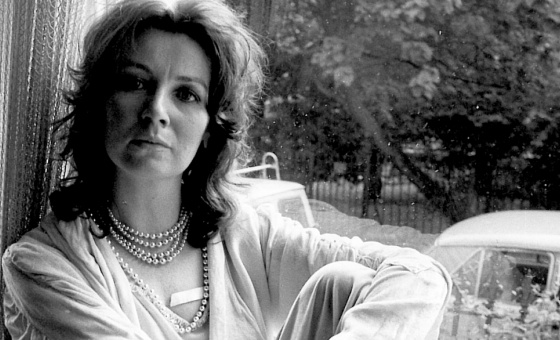This is the last article you can read this month
You can read more article this month
You can read more articles this month
Sorry your limit is up for this month
Reset on:
Please help support the Morning Star by subscribing here
THE SOVIET school/style of boxing — think Bivol, think Usyk, think Golovkin, think Kovalev, and think the Klitschko brothers — traces its roots to the famed boxing schools of the now non-existent communist state.
These were the breeding grounds for the development of the tactical acumen and technical precision within a fighter’s armoury.
It was devised as a response to the challenges posed by opponents, rather than the reliance on sheer personal toughness and determination.
Soviet coaches, armed with a profound understanding of the sweet science “as a science,” developed boxers who could navigate the complexities of a fight, manoeuvring their way to victory with intelligence.
The genesis of this particular style mirrored the turbulent history of the Soviet Union itself. A nation characterised by fierce discipline and resilience, this is a technique responsible for the likewise famed Cuban school of boxing, which produced a slew of legendary Olympic and world amateur champions.
Central to the Soviet style is the concept of maintaining distance, creating a safe zone between a given fighter and his or her opponent, with heavy reliance on the jab.
The Soviet style is also characterised by the deployment of the long-lead-hook. This is a punch that has been used to significant effect by Golovkin, Bivol and Usyk.
It is whipped beyond an opponents’ peripheral vision beyond their guard, making contact with the temple and thus destroying their balance.
This is the very shot Oleksandr Usyk landed against Tyson Fury in the ninth round of their first fight to send the self-styled Gypsy King on a tour of the ring on rubber legs.
The Soviet boxing style also incorporates a move known as the pendulum bounce, adding an element of sophistication to the boxer’s repertoire.
Here, a fighter constantly shifts their weight, bouncing back and forth on the balls of their feet while moving their head and upper body to evade oncoming punches.
What this does is change the distance to confuse an opponent, while at the same time generating kinetic energy with velocity in mind when throwing punches.
The pendulum bounce also helps to create angles, leaving opponents struggling to predict your next move.
A critical aspect of the Soviet boxing style is the tactic of launching attacks while moving in reverse or sideways. This demands precise timing and skill, but when executed with effectively, it can yield remarkable results.
By employing this approach, a fighter is able to create openings for counterpunches while simultaneously maintaining a secure distance to his or her opponent.
Dmitry Bivol, here, provides the perfect example. His stunning victory over Saul “Canelo” Alvarez back in 2022 was a wonderful clinic in the efficacy of controlling the distance in the ring.
Watching him that night was akin to watching a carefully choreographed dance in which every move matters.
Then there’s Usyk, the current unified heavyweight champion. He’s a great example of how the Soviet style can work across different weight classes.
With his quick combinations and brilliant footwork, he is at once a human puzzle and also puzzle solver in the ring.
Sergey Kovalev and Wladimir Klitschko also deserve a further mention. The ring careers of both textbooks examples of the Soviet school of boxing.
These fighters aren’t just tough, they are smart, strategic and incredibly skilled. It is no accident that both have left a lasting impact on the sport.
Ultimately, not only has the Soviet style of boxing created many champions from eastern Europe, it has influenced fighters across the entire world.
Because of this style, boxing has become more than just about hitting hard. Placing a priority on punching mechanics and science over instinct and art within the squared circle, it has produced a seismic change in training techniques and approach.
Now, gone are the days when the centre of gravity in boxing was firmly located in the United States. It no longer is.
What was lacking when the Soviet Union was still extant as an ideological and national entity was the opportunity for exemplars of this style to scale the heights within the professional ranks.
As with every aspect of human affairs, the Soviet mind was forged in the crucible of a pitiless struggle against prevailing material conditions.
Whether in the fields of engineering, industry, art, medicine and sport, for the Soviets the frontiers of human progress were unlimited if approached with organisation, discipline and on a collectivist basis with the judicious application of human potential not the chance of birth into privilege or poverty in mind.
Reflecting on the legacy of the Soviet school of boxing, we are left in no doubt that boxing is more than merely a physical contest, it is also a battle of wits and intelligence.
It is a human chess match in which the consequences of a wrong move are pain and the perceived humiliation of being knocked out or stopped in front of millions looking on, when undertaken at the elite level.
Boxing distils and illuminates the essence of a person. Fighters perform at extremes and there is nowhere to hide.
If the Soviet school of boxing teaches us anything, it is that hiding is not an option, while being able to operate efficiently within the chaos of battle is all.
If this is not a recipe for life, then nothing is.







